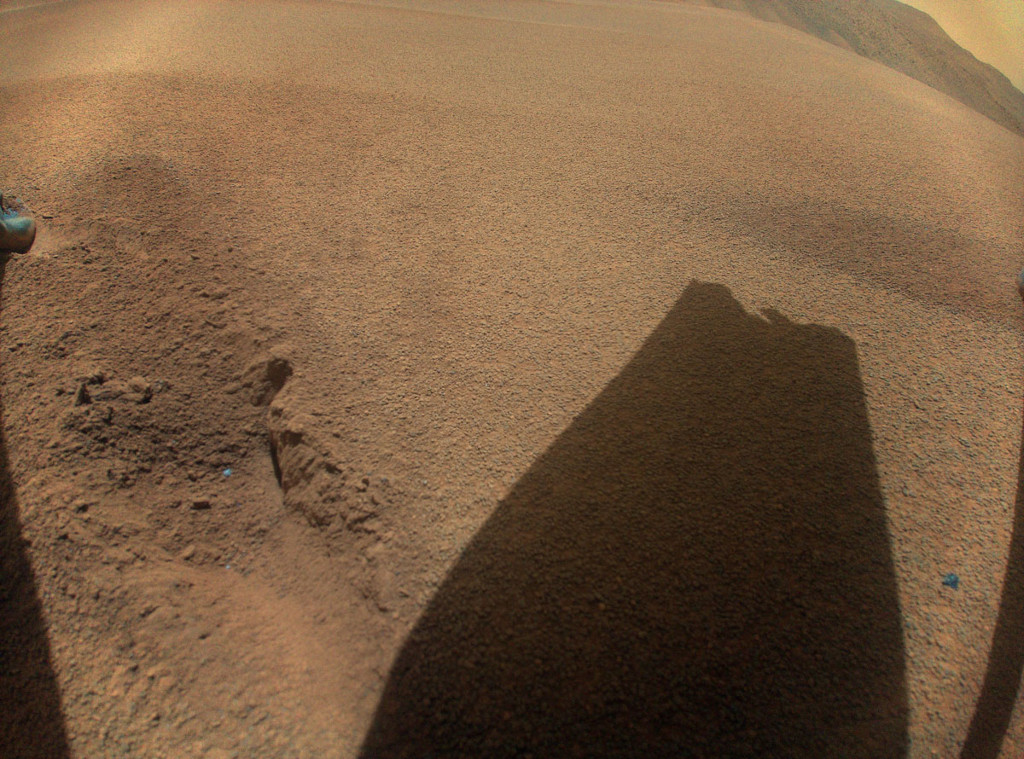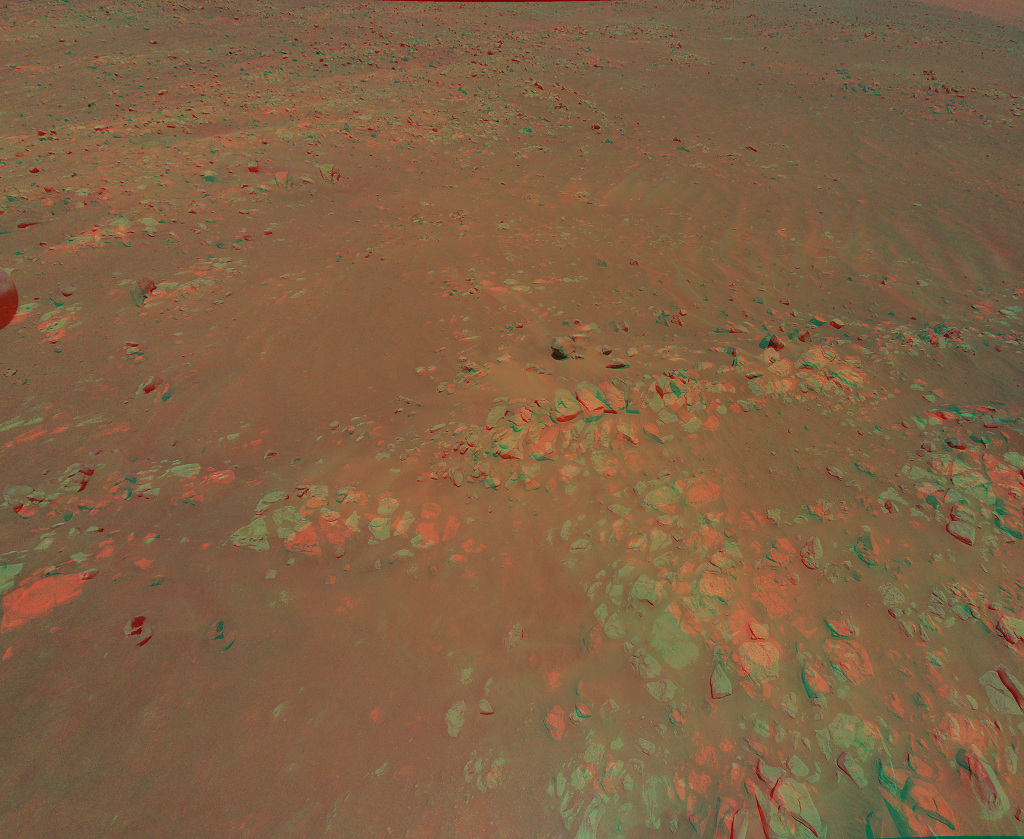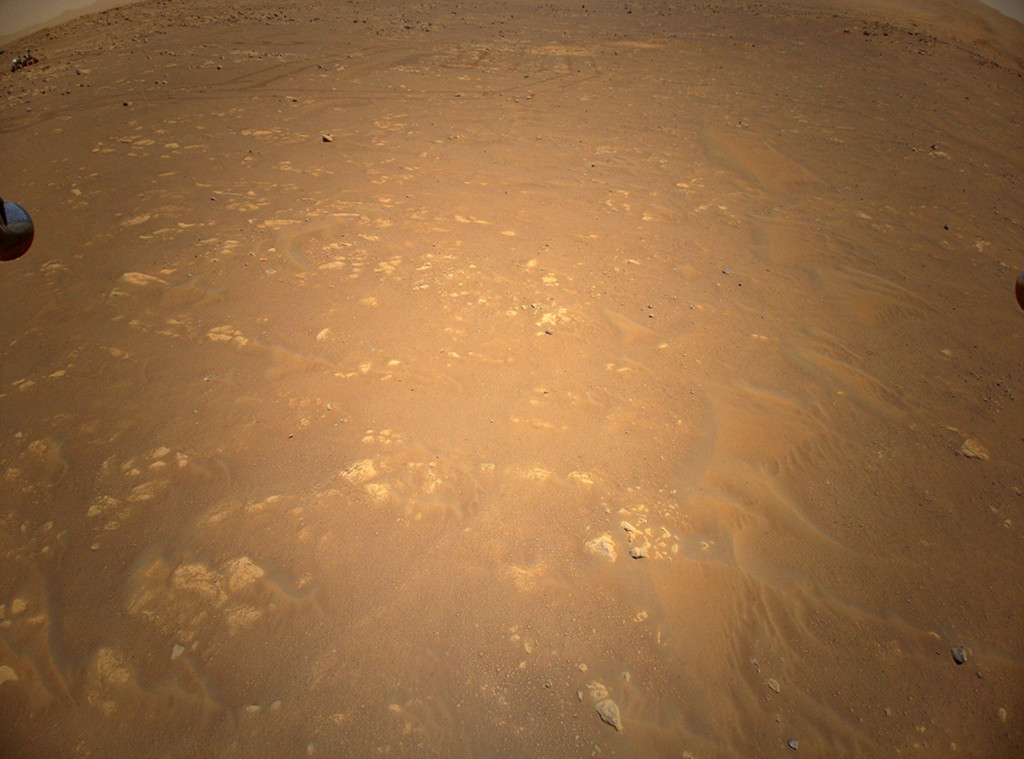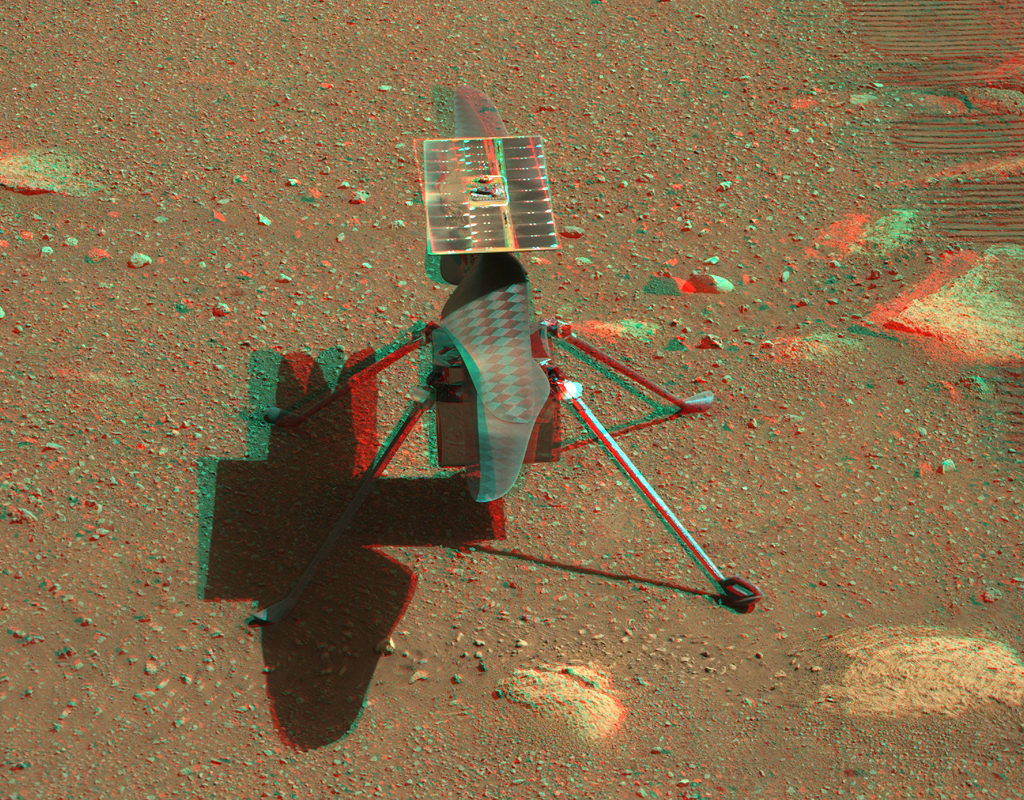机智号毁损转子叶片的影子
2024年2月10日 The Shadow of Ingenuity’s Damaged Rotor Blade Image Credit: NASA, JPL-Caltech, Ingenuity Explanation: On January 18, 2024, during its 72nd flight in the thin Martian atmosphere, autonomous Mars Helicopter Ingenuity rose to an altitude of 12 meters (40 feet) and hovered for 4.5 secon […]







